Category: transportation – Page 227

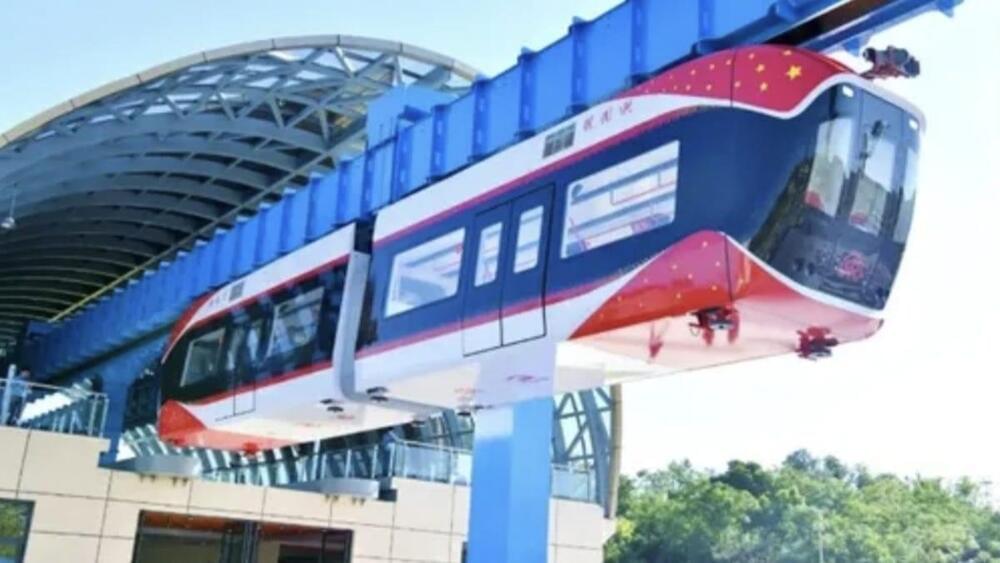
China’s new “sky train” floats under an elevated track, using magnets and AI
The 2,600-foot-long experimental rail is located in Southern China. A typical maglev train glides above its track, supported by magnetic repulsion and propelled by a linear motor. This one, however, moves underneath its track at a speed of 50 mph. It operates about 32 feet above the ground and makes no physical contact with the rail.
SEE: São Paulo subway ordered to suspend use of facial recognition
After some test runs, local authorities said the line could even increase to 4.7 miles and its top operational speed can reach 75 mph.
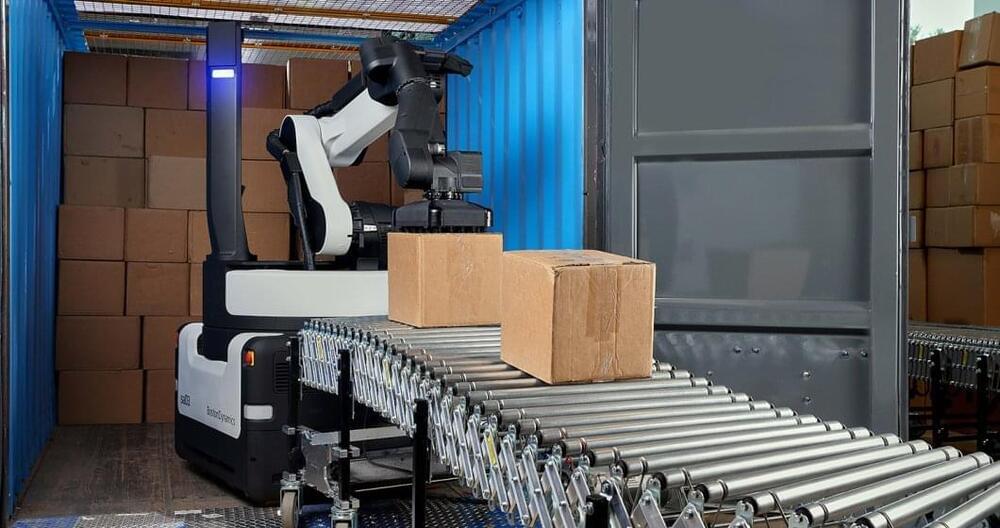
NFI to Deploy Boston Dynamics’ Stretch Robot in $10 Million Deal
CAMDEN, N.J., August 30, 2022 – NFI, a leading supply chain solutions provider, today announced it has signed a $10 million agreement to deploy Boston Dynamics’ newest robot, Stretch, across its U.S. warehousing operations. The mobile robot will begin unloading trucks and containers as a pilot program at NFI’s Savannah, GA facility in 2023, with plans to outfit additional warehouse locations across North America over the next few years.
Supply chain demand remains near all-time highs. To support the flow of goods and increase operational capacity, NFI continues to invest in technology that supports a people-led, technology-enabled approach. The investment also falls in line with NFI’s Applied Innovation focus, which pilots new technologies to demonstrate a real-world application within operations before scaling across its North American network.
“At a time when companies need to evolve to meet consumer expectations, NFI has stepped in as the innovative logistics partner, contributing to our customers’ competitive edge,” said Sid Brown, CEO of NFI. “Our innovation portfolio emphasizes productivity and safety in NFI’s operations. With Stretch, we will enhance the movement of freight through our facilities while providing a safer environment for our employees.”
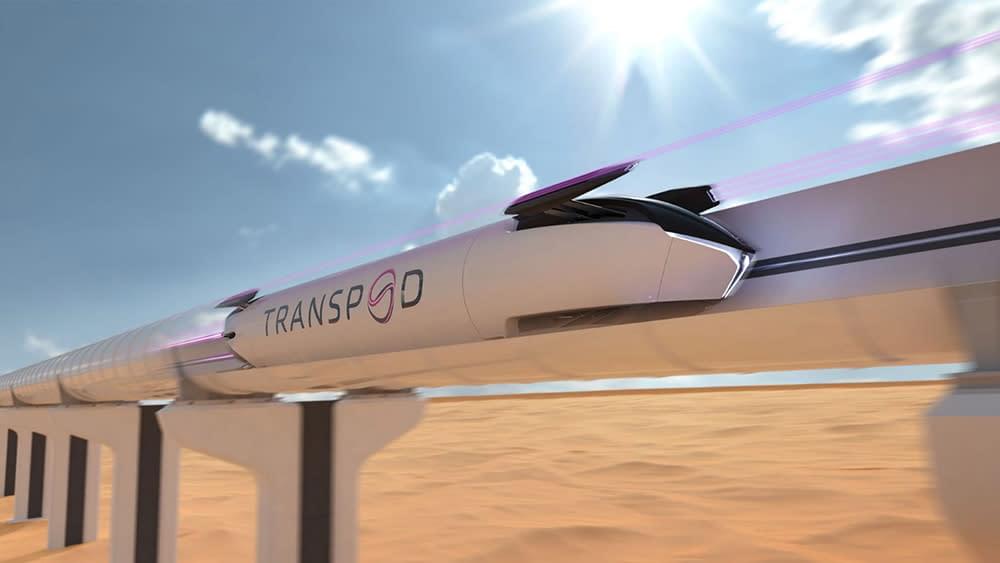
A database containing 800 million Chinese faces and vehicle license plates leaked
Millions of faces and car license plates were stored in a sizable Chinese database that was publicly accessible for months before it was silently removed in August.
A tech business called Xinai Electronics with headquarters in Hangzhou on China’s east coast is the owner of the disclosed data. In China, the firm creates systems for regulating entry for people and cars to workplaces, schools, construction sites, and parking lots. Its website boasts the use of facial recognition for a variety of uses beyond building access, including personnel management, such as payroll, monitoring employee attendance and performance, while its cloud-based vehicle license plate recognition system enables drivers to pay for parking in unattended garages that are managed by staff remotely.
In addition to other personal information like the person’s name, age, and sex, the database also included links to high-resolution photos of faces, including those of construction workers entering construction sites and office visitors checking in. Resident ID numbers are China’s equivalent of national identity cards. The database also contained information on the license plates of vehicles that were captured by Xinai cameras at parking lots, driveways, and other workplace entryways.

Boeing hit with worldwide safety alert after flaw discovered in take-off and landing app
Boeing received a worldwide safety alert after British safety experts said they discovered a possible vulnerability in its software used by pilots during takeoff and landing.
Earlier this month, the US Federal Aviation Administration issued a global “safety alert for operators” after researchers discovered a problem with Boeing’s Onboard Performance Tool (OPT), a mobile app that pilots can use to calculate safety before takeoff and landing…
The tool uses data on metrics such as weather and weight to help with calculations for aircraft leaving and returning to the runway.
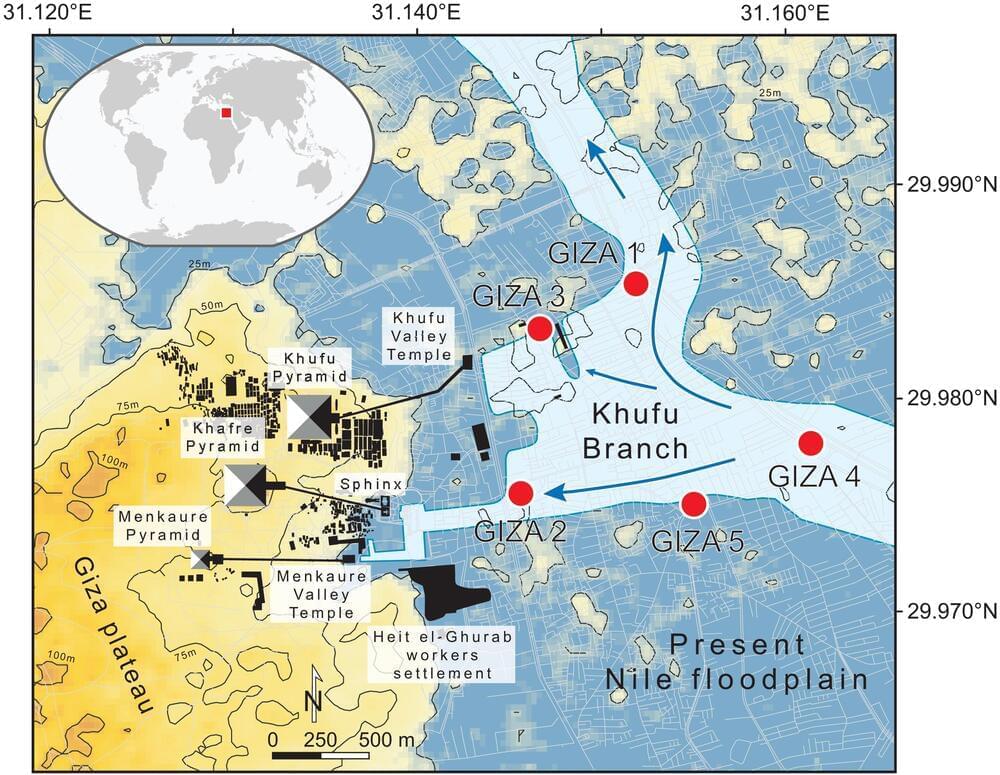
Nile waterscapes facilitated the construction of the Giza pyramids during the 3rd millennium BCE
Ancient engineers might have built a canal on the Nile.
No one has solved the mystery of the Giza pyramids for centuries. Although archaeologists and scientists have tried to reveal how they were made over the years, it is difficult to say the “exact method” for sure. However, very recently, an idea has been put forward by researchers about how the pyramids were built.
According to a recent study — published in PNAS in August. 29 —the pyramids of Giza may have been built using a former arm of the Nile River. This river branch would have served as a navigable route for the transportation of goods not previously known.
The pyramids of Giza constitute one of the world’s most iconic cultural landscapes and have fascinated humanity for thousands of years. Indeed, the Great Pyramid of Giza (Khufu Pyramid) was one of the Seven Wonders of the Ancient World. It is now accepted that ancient Egyptian engineers exploited a former channel of the Nile to transport building materials and provisions to the Giza plateau. However, there is a paucity of environmental evidence regarding when, where, and how these ancient landscapes evolved. New palaeoecological analyses have helped to reconstruct an 8,000-year fluvial history of the Nile in this area, showing that the former waterscapes and higher river levels around 4,500 years ago facilitated the construction of the Giza Pyramid Complex.

REALLY Fast EV Charging: Korean Tech Charges Battery in 60 sec
The Korea Advanced Institute of Science and Technology (KAIST) recently did some things to advance EV charging tech that are way over my head to make a battery that could theoretically charge an electric car in only one minute.
That might seem silly to people with a decent EV, but I recently found something that could eventually make EV charging so fast that even the owner of a Porsche Taycan might be shocked and amazed— and, as the owner of a Nissan LEAF, I’m lucky to get a 50 kW charge rate, but that’s only on the first charge. If I try to go anywhere on the highway, I quickly find that the second and third charges are a lot slower. If I keep going, I can expect to get charging rates as low as 14 kW on the second or third session, which is more like DC slow charging than DC fast charging. When I get a chance to test and review better EVs, it seems like witchcraft when getting charging over 100 kW, and faster 250 and 350 kW charging sessions look like alien technology.
“The hybrid lithium-ion battery, which has a high energy density (285 Wh/kg) and can be rapidly charged with a high-power density (22,600 W/kg), is overcoming the limitations of the current energy storage system,” Professor Jung-Goo Kang of the Department of Materials Science and Engineering said. “It will be a breakthrough.”
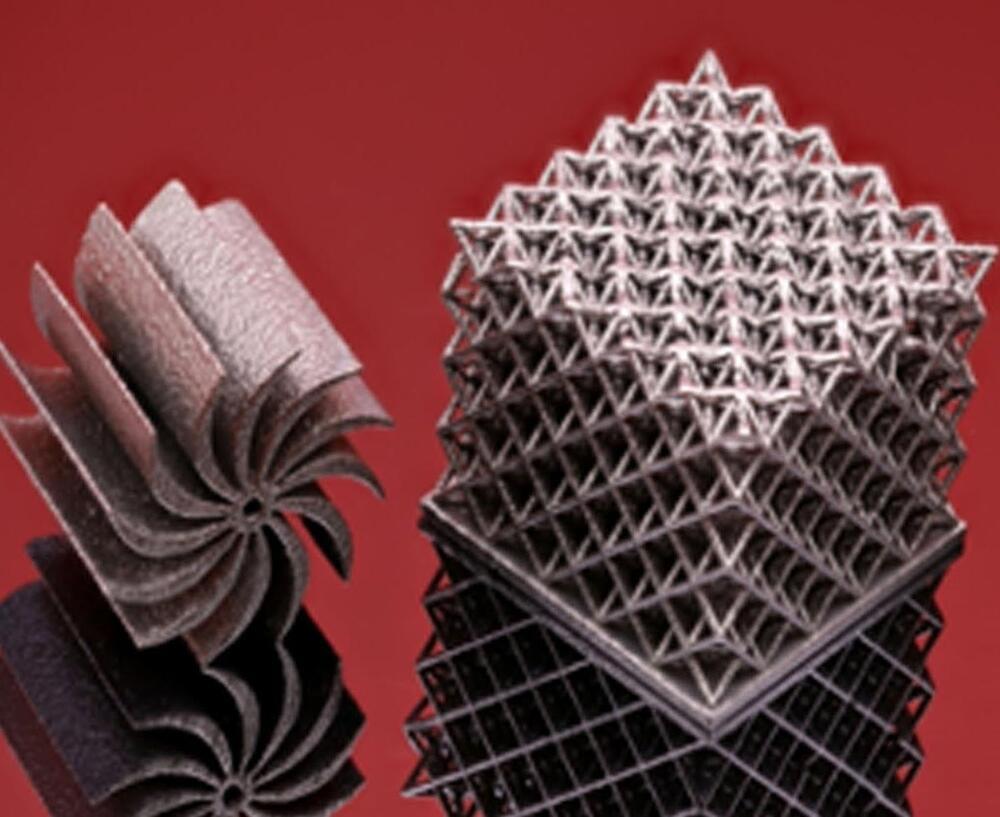
First 3D-Printed High-Performance Nanostructured Alloy That’s Both Ultrastrong and Ductile
Alloy that exceeds the strength and ductility of other state-of-the-art additively manufactured materials. This breakthrough could lead to higher-performance components for applications in aerospace, medicine, energy, and transportation. The work was done by researchers from the University of Massachusetts Amherst and the Georgia Institute of Technology. It was led by Wen Chen, assistant professor of mechanical and industrial engineering at UMass, and Ting Zhu, professor of mechanical engineering at Georgia Tech, will be published today (August 3, 2022) in the journal Nature.
High entropy alloys (HEAs) have become increasingly popular as a new paradigm in materials science over the past 15 years. They are comprised of five or more elements in near-equal proportions and offer the ability to create a near-infinite number of unique combinations for alloy design. Traditional alloys, such as brass, stainless steel, carbon steel, and bronze, contain a primary element combined with one or more trace elements.